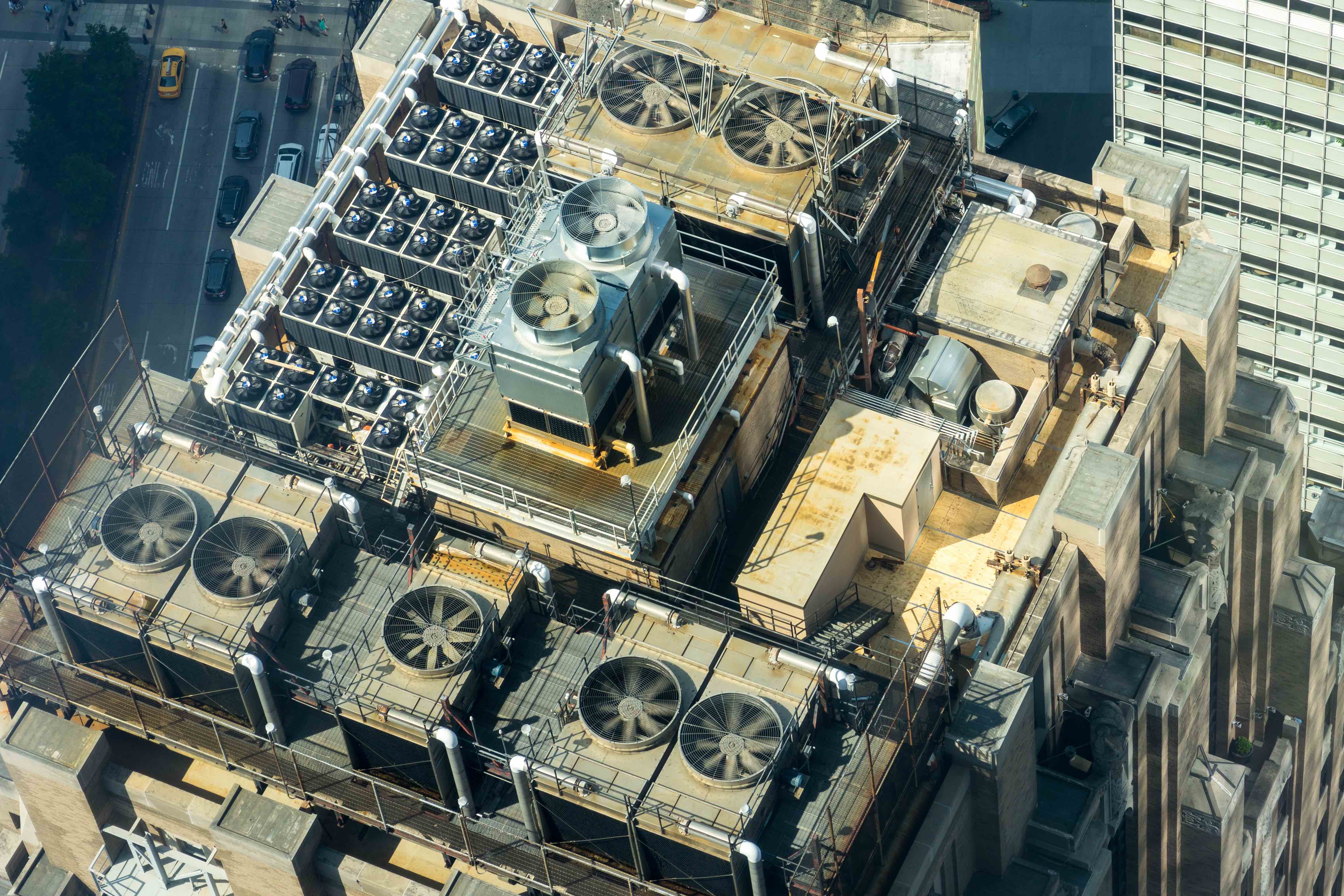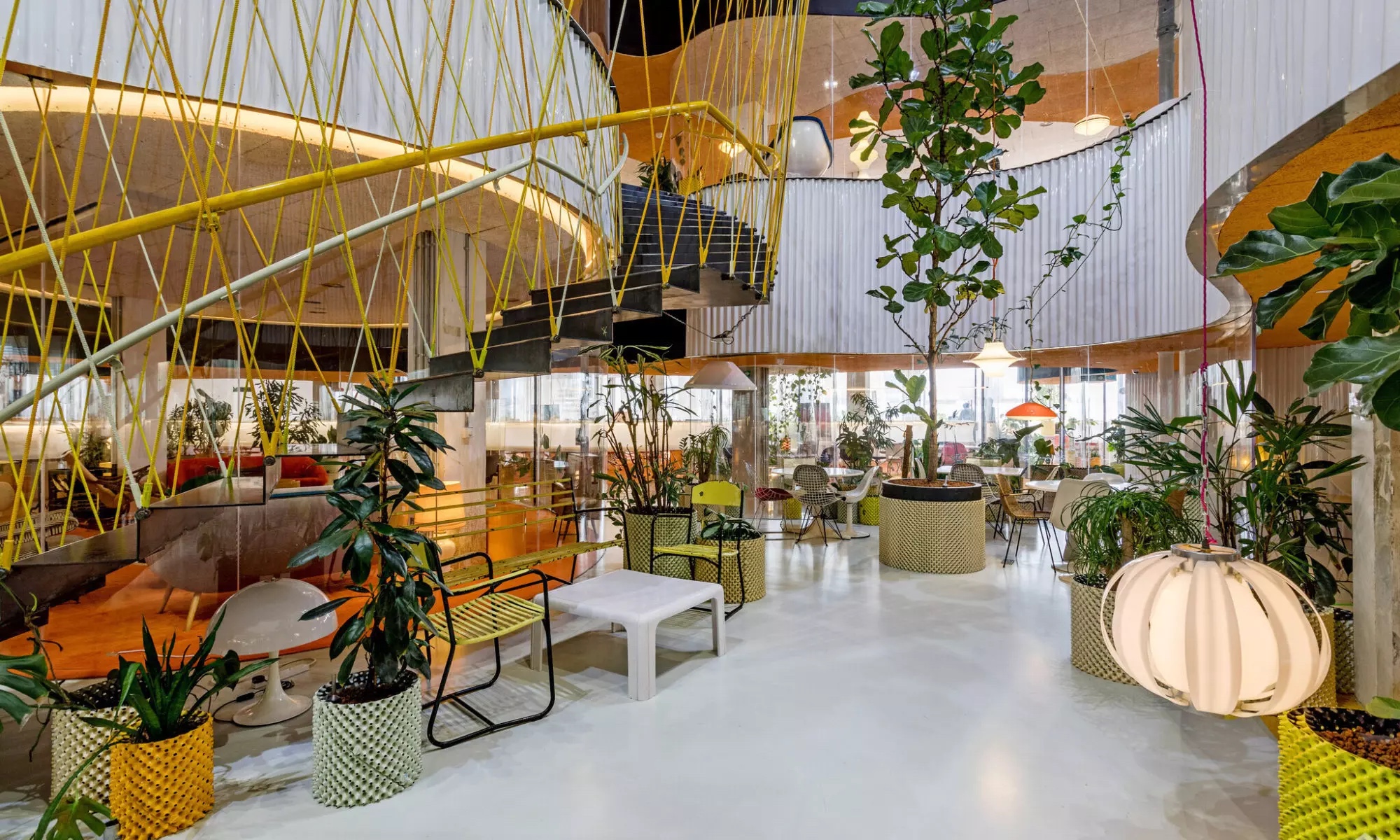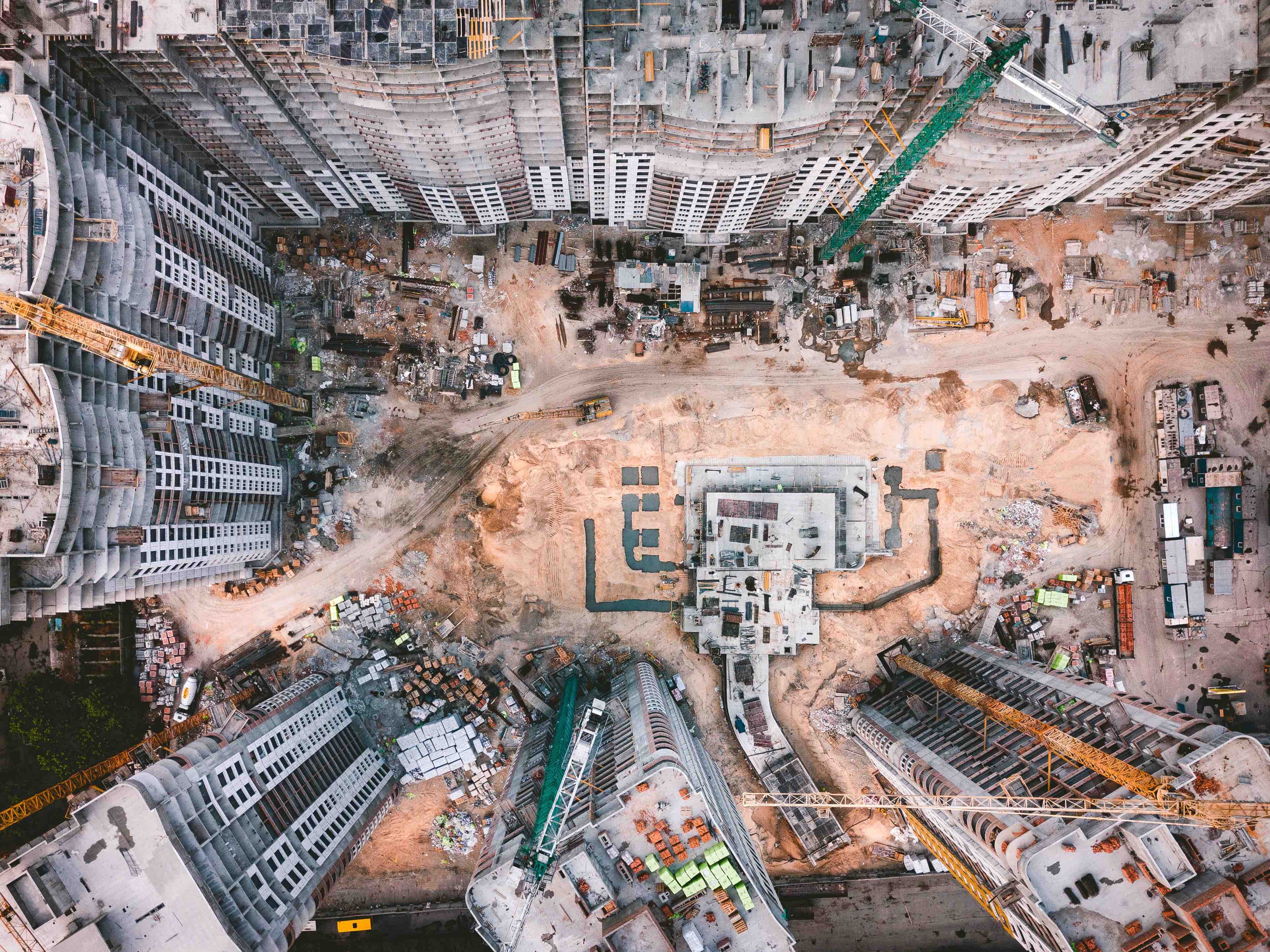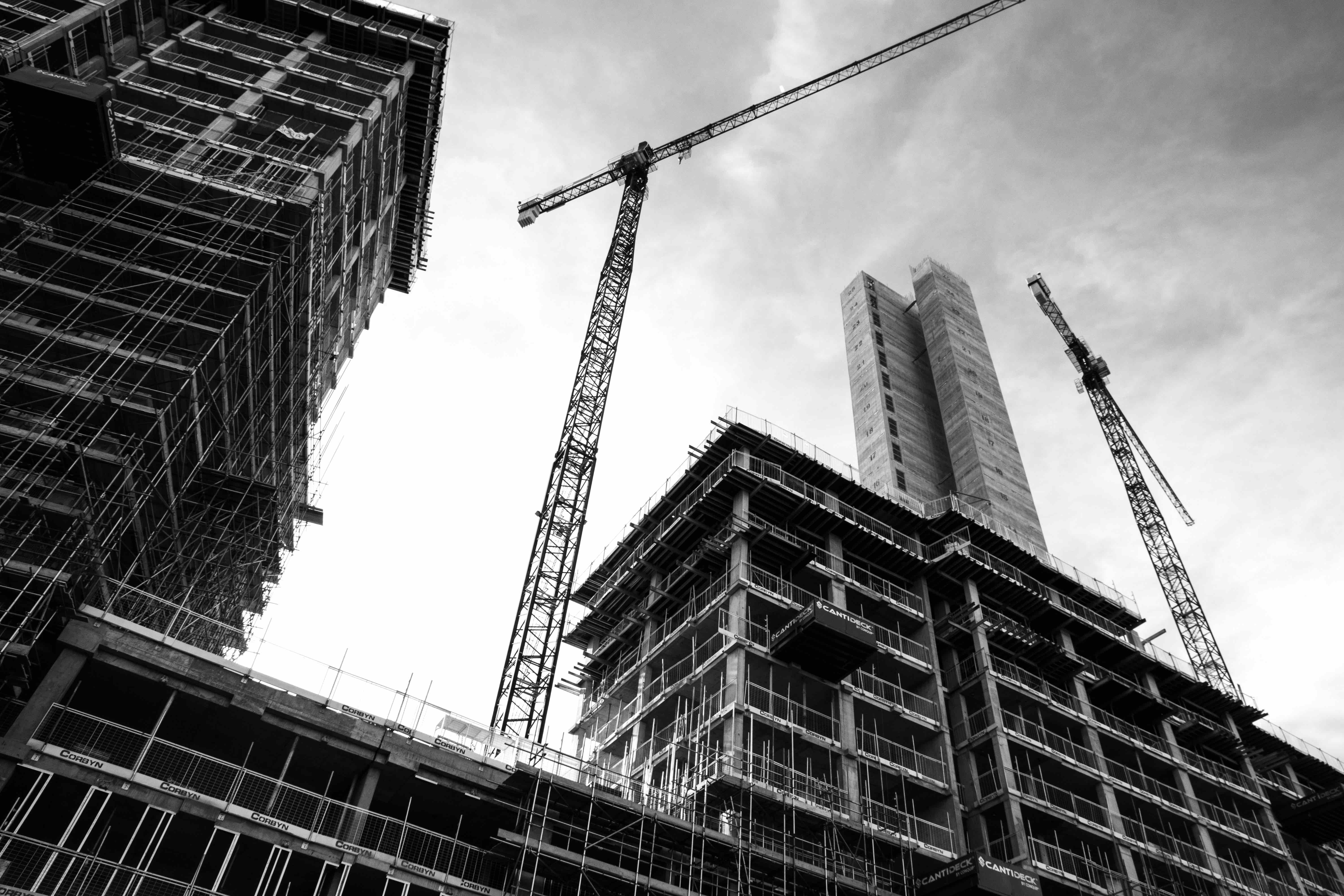We Know We Should Use What We've Got, So Why Do We Build New?
The built environment industry knows that the best way to minimise our impact on this planet is to use what we have and limit our consumption of any new raw materials. If we have so many existing buildings in our cities, and we know people love a super cool renovated warehouse, then why are we still building so much?

Information
Often we don’t have information about how the existing structure is built. And whilst we can survey above ground, we are often left wondering about the building foundations and structural integrity. When there is a lack of information, it is too risky to refurbish – people could lose their lives if we make a wrong assumption about a building.

Add to this the fact that often cities are densifiying – we need more space – and often an existing structure would not be able to take more weight by, say, adding more floors. Interestingly, new buildings are looking at including sensors in the foundations so that in the future we can actively see how a structure is performing and whether more floors could be added to that structure safely. Hopefully in the future we can make sure we have enough information about buildings to allow us to refurbish them.

Technical Limitations
Sometimes a building has been constructed in such a way that occupation would be very compromised in our modern cities. For example, old buildings often have very small floor-to-floor heights, which would mean that people would not want to be inside the building. Imagine if a whole building had ceilings at door heights all the way through – it would be very oppressive.

Modern plant equipment that allows for lighting, air conditioning, heating, and data to provide wifi means that we need to find a lot of space inside old buildings to retrofit these modern conveniences. The biggest space-take is air flow, and it is the key attribute that people are least willing to compromise on – but again, the market could shift development in this case, if we were willing to be more uncomfortable.

One example of this is Second Home in London, which has refurbished work spaces in old buildings that are not compliant with any modern office standards: they are cold in winter, and hot in summer, but they have great coffee and great wifi! Second Home are starting to shift the market norms away from the generally accepted office standards that corporate tenants expect in order to occupy a building.

Time and Cost
Time and cost to retrofit an existing building are often the same thing, as extended time for construction results in increased cost. Often, refurbishing an existing building is more complex than a new-build, as we rarely have enough information about the existing building and therefore during construction there are surprises. An existing building may also need customised solutions rather than off the shelf products.

Increasing the cost of a build, while knowing that you are building a work or living space that does not meet some modern standards, is risky and often stakeholders with financial investment in a development would not have the appetite for this risk.

These 3 factors help us to understand why we don’t see as much refurbishment in cities as we might desire, and why a lot of refurbishment uses old warehouses with fantastically large amounts of space and head-height. But as we move into an era of seeing more modern buildings being renovated, from the 90s and 00s, we hope to see our sustainable aspirations to reduce the use of new raw materials and to reuse what we have come into action – and this is why the government is starting to look at regulation and policy changes in our industry.
Words by Annabel Koeck
Grimshaw Foundation X Scale Rule